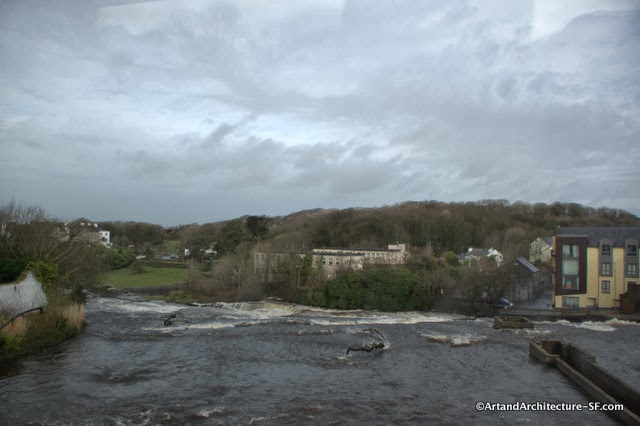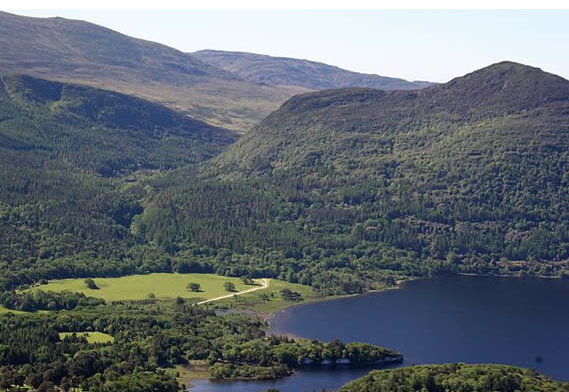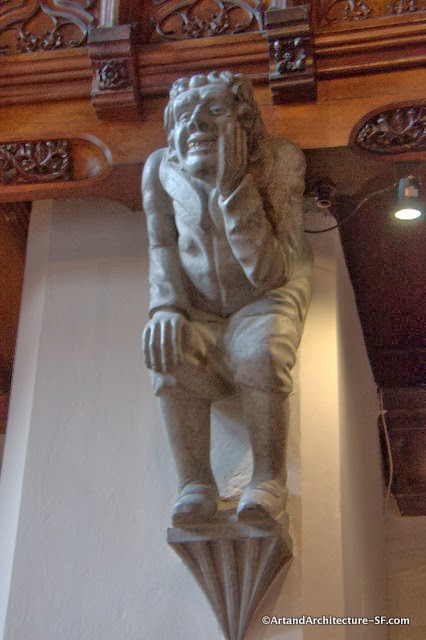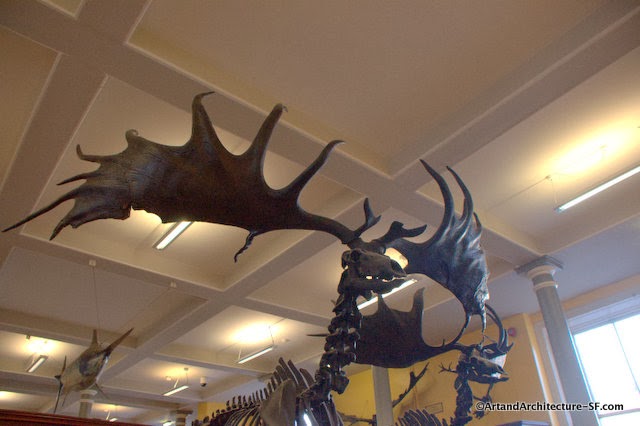Pubs and Ireland, an unbreakable bond in everyone’s mind. There are approximately 800 pubs in Dublin at this time. However, over 1500 pubs have closed in the last 5 years. So, when a friend tells says “you must go to…. greatest pub in Dublin, we had so much fun…”, be prepared. Some of the pubs are classic and have been around for 100’s of years, others? well….
Pubs are neighborhood joints, with neighbors and steady clientele, but if you are a tourist what then? My advice, walk in, sit down, order a pint and see if you like the place. If you do, order another pint, if not, walk down the road and try the next one.
Pub food is like your favorite corner restaurant, you like it or you don’t, and inevitably someone is going to agree with you and three will say you obviously don’t understand good pub food. I am a bangers and mash fanatic, I have had good, bad and ugly, but accompanied with a couple of pints and good company, it is all good, and that is really what it is about.
So – one’s we visited:
The Palace Bar – 21 Fleet Street – just off the Temple Bar area. The palace bar is an original victorian pub and a haunt of newspaper writers in the 30’s, 40’s and 50’s as the Irish Time’s office was just 3 minutes away. We loved it because the 27 year old bartender was well informed on craft beer, and took the time to sit down and give us the history of the area, and his favorite craft beers, and where to buy them (even wrote them down and sent me out the door with a list).
O’Neil’s -2 Suffolk Street:
They have a carvery, a fancy word for sandwiches with fresh carved meats. The place is ABSOLUTELY HUGE!!!!! They even have TWO snugs (or snuggeries). Before World War II it was really not acceptable for women to enter pubs. Eventually enterprising publicans saw the advantage of adding women who drank to the clientele as added income, so they put in nicely lit lounges. These lounges all had there own entry door, and became known as snugs.
O’Neils getting ready for the big rugby match this weekend
The Stand – 37 Exchequer Street
This is a very small spot with two beautifully carved bars. Michael Collins ( he signed the first treaty that formed the Irish Free State) was a regular and used the place (often in disguise) to elude police and gather information. This place was especially comfortable to me as a woman, and in fact that seemed to be the largest clientele. There is a photo in the upper bar, showing that the place was once named Monico.
Blarney Inn – Kildare and Nassau Street
Set in one of the city’s oldest buildings (1837) the bar has exposed brick walls and local street signs hanging everywhere. Great Bangers and Mash!
The last pub we visited, is why paragraph number two is so important.
Foleys – 1 Merrion Row
We were told by EVERYONE to go to Foley’s, we did. It was completely empty at 7:30 in the evening. We had decent (but not great) fish and chips. After we ordered, the waitress said to us, why are you here tonight? We just sort of stared at her and she said “all the tourists come on the weekends when we have music” So…that is why I think you should just find pubs by tripping over them, the more you can blame that on the drink the better.
As I said, over 800 pubs – we are going to need a lot more time…
There are a lot of different types of pub crawls if you are visiting Dublin and want some guidance, there are music ones, literary ones and even a hostel pub crawl, have fun!
A great book on pubs, alcohol consumption, all intertwined with literature is: Dublin Literary Pub Crawl by Colm Quilligan
Some silly facts:
Whiskey is called the water of life “uisce beatha” in Gaelic
Shebeens is Gaelic for Little Mug – These were drinking establishments of the tenement areas in the 18th century but did a brisk business in the slums during the 30’s and 40’s. Profits were huge because no one paid taxes, but we all know the consequences of moonshine – you gets what you gets, so it wasn’t exactly the safest alcohol to consume.
In 1929 one pint of stout cost one penny.
The holy hour. Pubs closed between 2:30 and 3:30 pm to do general housekeeping. The holy hour lost its attraction when tourists arrived and didn’t understand why the pubs were closed. The tradition was done away with in 1988.
In 2008 the Drinks Industry of Ireland reported that alcohol sales were worth approximately 6 Billion Euros to the economy.
Smoking was banned in pubs in 2003.
Technically a publican could still refuse to serve a woman until the Equal Status Act in 2000. That would have been a brave man by far.
Over half of the country’s existing 37 breweries and cider makers have been set up since 2009. Since the bartender was so kind to share with me, I will share his list with you.
Breweries:
Galway Bay Brewery
Try the Brew Dock, and the Black Sheep
Against the Grain
JW Sweetmans
Bars for trying new brews:
The Porterhouse Temple Bar on Nassau Street
and if you stop by L. Mulligan – Grocer they will give you an amazing education and send you home with bottled brew of your choice in large jugs.
Sláinte


























































































































